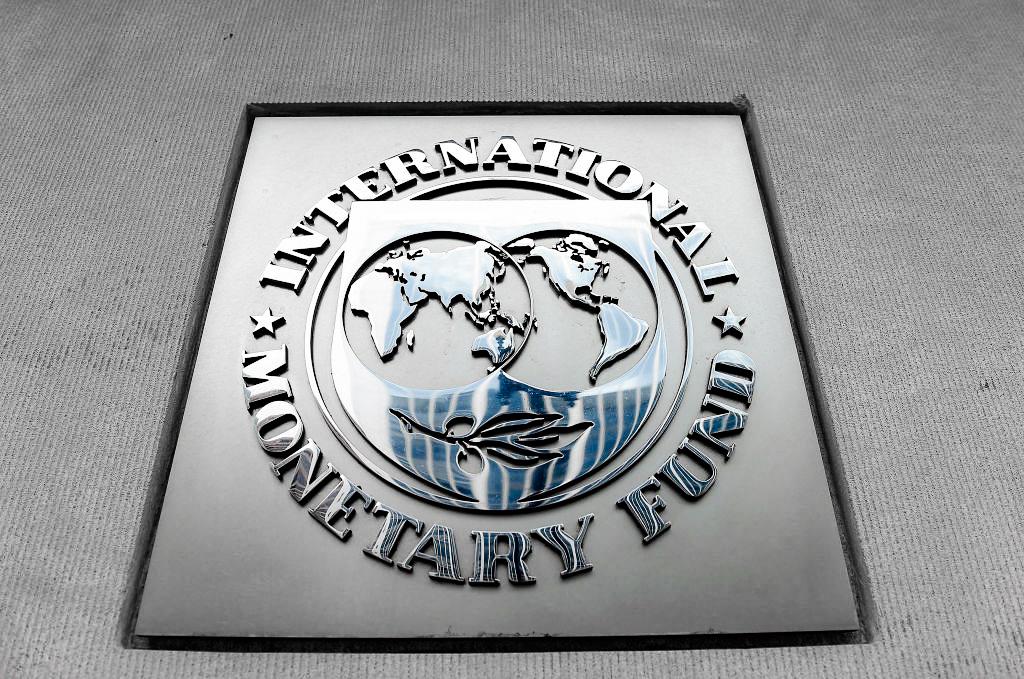Bankrupt crypto lender BlockFi has decided to liquidate its cryptocurrency lending platform in a bid to repay its more than 100,000 creditors.
Founded in 2017, New Jersey-based BlockFi filed for Chapter 11 bankruptcy protection in November 2022 following the collapse of FTX in the same month. BlockFi has liabilities ranging between $1 billion and $10 billion.
Earlier in July 2022, crypto lender Nexo had offered to acquire BlockFi for an estimated $850 million. However, BlockFi rejected that offer in favor of a revolving credit offer of $400 million from FTX US. But as FTX collapsed, BlockFi was left financially struggling and eventually filed for bankruptcy.
In the days following FTX collapse, when crypto markets were crashing, BlockFi converted around $240 million in cryptocurrencies into U.S. dollars. This ended up creating major losses for BlockFi as well as potential tax issues.
BlockFi then went on to place “most of their cash,” amounting to more than $250 million, with the Silicon Valley Bank (SBV), which also later collapsed.
“SVB was not a depository institution of sufficient strength to meet the Bankruptcy Code’s protective requirements, prompting the United States Trustee to object to estate money being deposited there. Eventually, an arrangement was reached whereby SVB would post sufficient collateral (in the form of a bond) should there be a bank failure. There was a bank failure,” the creditors wrote.
The Liquidation
According to BlockFi’s filing, it engaged with potential bidders and received a “number of indications of interests” for some or all components of the BlockFi platform. However, the firm concluded that there may be a “lack of meaningful value” to be generated from such a sale due to regulatory developments and other factors.Because it was decided that selling the platform would not be a “value-maximizing transaction” that benefits the creditors, the firm decided to liquidate its cryptocurrency lending platform.
Some of the major commercial counterparties that BlockFi has litigation against include collapsed cryptoexchange FTX, trading firm Alameda Research, crypto miner Core Scientific, and cryptocurrency hedge fund Three Arrows Capital.
The company’s plan also detailed projected recoveries, including liquidating roughly $1.06 billion in BlockFi Inc. Interest Account Claims, $371 million in BlockFi International Ltd. Private Client and Interest Account Claims, and $216 million in BlockFi Lending LLC Private Client Account Claims.
Crypto Collapses, BlockFi Creditors
In addition to BlockFi, multiple other crypto companies have filed for bankruptcy over the past months, including FTX, Alameda, Core Scientific, Voyager Digital, Celsius Network, and Three Arrows Capital. As some of these firms were unable to close deals that would pull them out from Chapter 11 bankruptcy, they have decided to liquidate assets to pay back their customers.Alameda had listed liabilities in the range of $10 billion to $50 billion in its bankruptcy filing, with over 100,000 creditors. FTX US also reported similar liabilities. Core Scientific estimated $1 billion to $10 billion in liabilities and between 1,000–5,000 creditors.
Celsius reported liabilities in the range of $1 billion to $10 billion and over 100,000 creditors. Voyager also gave similar numbers. Three Arrows reported owing $3.5 billion to 27 companies.
BlockFi’s largest creditor is Ankura Trust, a business that manages creditors in stressed situations, to which BlockFi owes $729 million. The company also owes $275 million to FTX, which is its second-largest creditor.
In February, a subsidiary of BlockFi had agreed to pay $100 million to the U.S. Securities and Exchange Commission (SEC) and 32 states as a settlement related to a crypto lending product. The SEC is listed as a creditor to which BlockFi owes $30 million.





